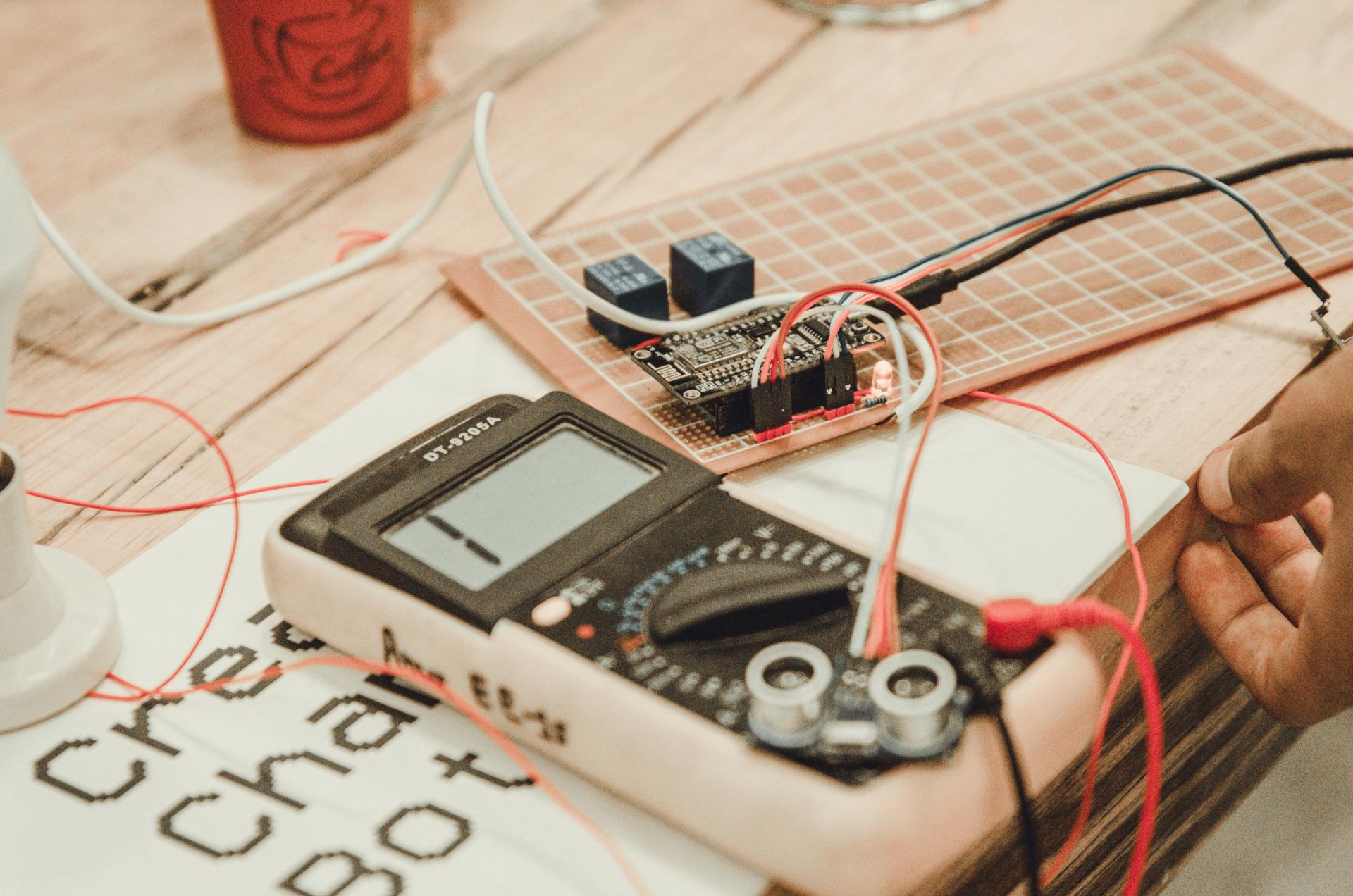Ways to Test Your Home's Electric Safety: A Comprehensive Guide

In the realm of home security one of the most crucial areas to think about is electrical safety. Testing for electrical safety is the process of evaluating the electrical system of your home to make sure that it’s safe and current. In this article we’ll give you information on what electrical safety testing are, the tools will be required to conduct them, how to carry out the tests and the warning signs to look out for.
What’s the definition of an Electrical Safety Test?
An electrical safety test is the procedure of examining the electrical system within your home to make sure it’s functioning safely and in a proper manner. Electrical safety tests are important as they can avoid electrical fires and accidents and also ensure the long-term durability that your electric system has.
Tools Required to conduct an electrical Safety Test
In order to conduct an electrical safety test, you’ll need a few essential tools. This includes a voltage tester as well as a continuity tester, circuit tester, along with the outlet tester. A voltage tester can check for live circuits, whereas the continuity tester is used to check for damaged circuits. The circuit tester is utilized to look for wiring issues and outlets testers are used to detect wiring issues at the outlets. It is essential to utilize the tools correctly in order to obtain exact results.
How to Conduct an Electrical Safety Test
To conduct an electrical safety test inside your home, follow these steps:
Turn off the power for the circuit that you’re trying to test.
Utilize the voltage tester to look whether there are live circuits.
Utilize this continuity tester to test for damaged circuits.
Utilize the circuit tester for checking for electrical faults.
Utilize the tester for outlets to check for wiring problems in the outlets.
During the process of testing Be sure to check for any evidence of wear or damage on the wiring that could indicate broken or frayed wires burn marks, and loose wires. If you find any issues you need to fix them as soon as possible to prevent potential hazards.
The Signs of Electrical Issues to Look Out For
There are many indicators that may indicate electrical problems in your home. These include flickering lights, frequent circuit breaker tripping noises that crackle or buzz from outlets, outlet that are hot or discolored as well as a burning smell. If you notice any of these warning indicators, you must act immediately to prevent potential electrical hazards.
Conclusion
Tests for electrical safety are vital to ensure your safety and family. Through regular testing and addressing any issues promptly to avoid any potential dangers to your electrical system and prolong the life of your electrical system. If you need help with electrical testing or repairs Don’t hesitate to reach out to Local Electrician Lidcombe. Our experienced team can offer you expert advice and support. Contact us via 1300 610 481 to schedule an appointment or request a quote.
FAQ Section
When should I conduct an electrical safety test at my home?
We recommend conducting safety tests for electrical equipment at least every year.
Can I perform the electrical test on my own , or do I need the help of a specialist?
Although it’s possible to conduct tests for electrical safety yourself, it’s recommended to hire a professional to ensure accurate results and prevent potential hazards.
Which are the top common electrical problems that can be found during an electrical safety test?
The most frequently-repeated electrical issues found during a safety test comprise malfunctioning wiring, overloaded circuits and obsolete electrical systems.
What should I do if encounter a problem in the electrical safety test?
If you spot a problem in the electrical safety test it is important to act quickly. This could include making contact with a professional electrician to address the issue or replacing damaged equipment.
